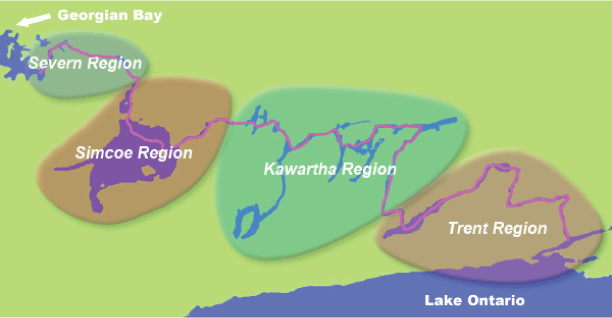Lake Simcoe Water Levels
Lake Simcoe Water Levels
Changes in Lake Simcoe Water Levels
Why can’t the water levels in Lake Simcoe stay higher, longer?
Why are Lake Simcoe Water levels lowered in the summer?
Are there other factors that affect Lake Simcoe water levels?
Yes. Significant and sustained winds can result in increased water levels along windward shorelines. For example, three to four consecutive days of strong westerly winds may cause increased water levels along the eastern shores of Lake Simcoe. Changes in lake water levels caused by significant wind is known as a “seche” or “seching”.
Water levels are important to fish and wildlife
It is essential to have the TSW systems water levels lowered prior to fish spawning as fish spawn close to the water’s edge in shallow areas. If the drawdown is done after eggs have been laid, the eggs may be exposed, dry up and die. This will not only affect fish and their habitat but other wildlife as well.
Quick Facts: Trent-Severn Waterway
The Trent-Severn Waterway (TSW) is a National Historic Site which offers a navigable route for recreation and commerce. It is 386 km long, 18,600 square kilometers of interconnected lakes, rivers and channels connecting Lake Ontario at Trenton to Georgian Bay at Port Severn. Nearly 50 communities are located on its shores. Hundreds of thousands of people rely on this waterway for drinking water, flood control, tourism and recreation. It provides water for power generation, municipal water supplies and agriculture, and supports a tremendous variety of fish and wildlife. The Trent-Severn Waterway is an important economic, environmental and recreational resource used by thousands of boaters, shoreline residents, businesses and vacationers every year.
For more information, please visit Parks Canada.


